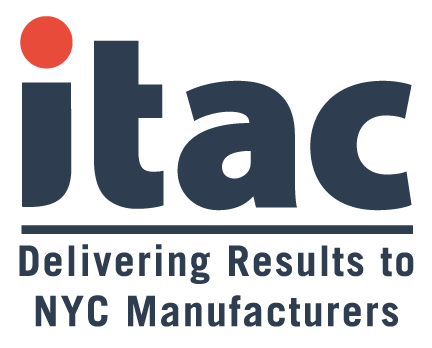How can employers and communities prepare for the future workforce needs and ensure inclusion?
A new report from Brookings, “Skills and Opportunity Pathways Building an Inclusive Workforce for the Future,” authored by Makada Henary-Nickie, fellow and Hao Sun, research analyst, examines what the future workforce will look like and what it will need to thrive.
Their analysis tracked technology undercurrents to identify the geography and topology of innovation, which is the term the organization uses to describe how the future workforce will deal with automation and other trends.
They also looked at the diverse skill demands of employers embedded in job-postings data to understand their emerging workforce needs.
They then offer a review of the gaps between employers’ skill demand and worker skillsets to identify occupations that represent promising inclusion points for underrepresented groups.
Highlights of the report include discussion of:
- New innovation cities: New innovation cities are making a grand entrance on the innovation hub scene and offer promising opportunities for startup pipelines and new job creation.
- Skill combinations and transferability: Innovation jobs and the skills required of an innovation workforce will be markedly different from those of the past. Employers are in the market for a combination of foundational STEM and tech-specific skills along with non-STEM skills, the portability of which offers workers opportunities to enrich their skill portfolios without starting over.
- New policy lenses: Increasing visibility into skill portability opens new policy lenses for identifying skill-based entry points and meaningful pathway progressions to quality jobs.
- Targeted interventions: Solving the STEM pipeline problem requires a multi-pronged approach to level the playing field, including shifting from generic STEM policies toward targeted interventions.
The organization offers their data as the basis for educators, policymakers and workforce planners to both understand the current landscape and better prepare for the future.
A skills-based topological examination of the job market provides a nuanced way for policy planners to assess the scale and breadth of emerging trends within local job markets and formulate policy responses that support workers and their innovation ecosystems.
Projecting labor market data onto a network reveals specific pipeline junctures well-suited to high-impact, inclusionary policy strategies.
Skill–occupation networks and skill gaps make clear that solving the STEM pipeline problem requires a multi-pronged approach to level the playing field. Including minorities in the innovation economy requires that Black, Hispanic, and Native American students have equitable access to core math and science training that, at a minimum, puts them on par with their Asian American peers.
Raising the absolute numbers of minority STEM graduates and employees will increase their representation in core STEM occupations, but these policies alone are insufficient to address pipeline flows. Instead, policymakers need to broaden their toolset to include holistic policies that strategically enhance minorities’ skill competitiveness and close crucial STEM education gaps.
The insight is from IndustryWeek.com. You can read the full article by clicking here.






